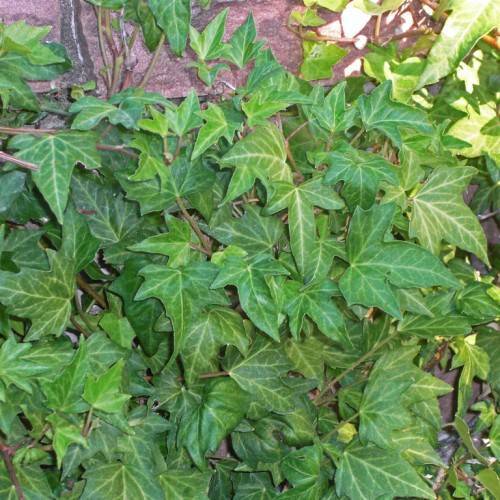
Boston ivy
Parthenocissus tricuspidata 'Lowii'
Cycle:
Perennial
Watering:
Minimum
Hardiness Zone:
4 - 8
Flowers:
Flowers In Summer
Sun:
Deep shade, Filtered shade, Full sun, Part sun/part shade
Soil:
Acidic, Humus rich, Rocky , gravelly , dry, Well-drained
Fruits:
Fruits In Autumn Ready In Fall
Leaf:
Yes
Growth Rate:
Moderate
Maintenance:
Low
Drought Tolerant:
Yes
Invasive:
Yes
Care Level:
Low
watering
Boston ivy should be watered regularly to keep the soil moist but not wet. Make sure to check the moisture level of the soil every 2-3 days. This plant prefers a consistent level of moisture and should not be allowed to dry out. Water the plant deeply and thoroughly. During hot and dry weather, Boston ivy may need to be watered twice a week. Reduce the frequency when temperatures are cooler and rainfall is more frequent.
sunlight
Boston ivy should receive at least 4 to 6 hours of direct sunlight each day for optimal growth. It is tolerant of light shade, but when given less than 4 hours of sunlight, the vines will grow leggy and weak. It is safe to provide Boston ivy with exposure to the afternoon sun, but during the hottest months of the season, afternoon sun can cause the foliage to scorch. For best results, provide the plant with morning sun and afternoon shade during the summer.
pruning
Boston ivy (Parthenocissus tricuspidata 'Lowii') is typically a self-clinging vine, which means it does not require any pruning. However, Boston ivy may need occasional pruning to help keep its shape and growth in check. It is best to prune Boston ivy in the late winter or early spring before new growth starts. When pruning, remove any dead, weak, or damaged stems, as well as any stems that are growing in a direction you don't want them to go. If pruning away more than a small amount, it should be done gradually over several years to keep the plant from being shocked. If the plant is taking up too much space, it can be lightly pyramids, reducing the overall size but leaving the top of the plant with foliage. This will promote bushy growth and prevent the Boston ivy from becoming sparse and unattractive.
